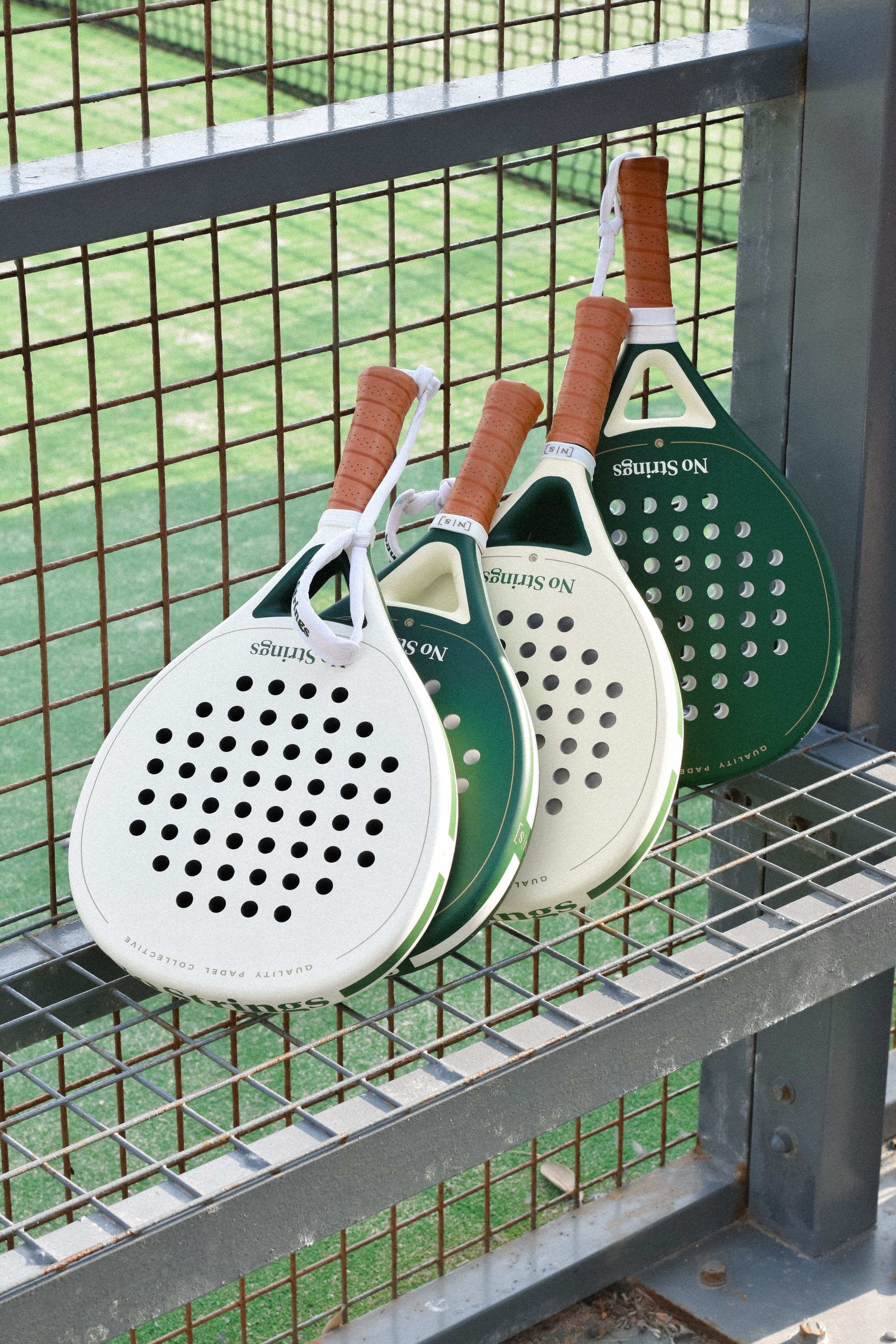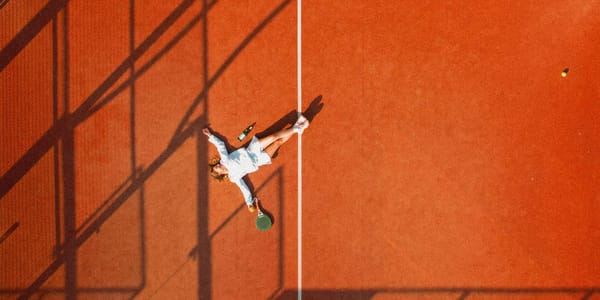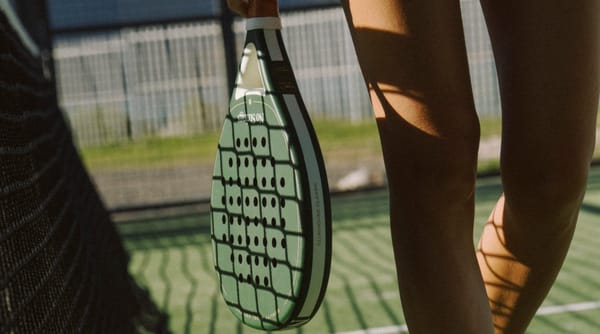Padel 101: A guide to padel racquets
Learn how racquet shape, materials, core, and weight impact your performance on the padel court.

Choosing the right padel racquet can feel like a tough game in itself. Whether you’re new to the sport or have been smashing it for years, understanding what works for your playing style can elevate your game.
With so many racquets on the market, it’s easy to get lost in the options. This guide breaks down all of the key factors you should be aware of, helping you make an informed choice without overcomplicating things.

The Shape
The shape of your racquet influences both power and control. There are three main shapes, each with their own characteristics & strengths:
Round Shape
Known for precision and control, round-shaped racquets are popular among padel beginners for obvious reasons. With a larger sweet spot, they’re forgiving and easy to handle. The trade-off? You will likely sacrifice some power in exchange for that greater control.
Teardrop Shape
For those looking to balance power and control, the teardrop shape offers the best of both worlds. The sweet spot is slightly higher, providing more punch to your shots without compromising on control too much. This makes it ideal for intermediate players.
Diamond Shape
Aggressive players, this one’s for you. Diamond-shaped racquets are built for power, but with a much smaller sweet spot, they demand precision. Typically suited for more advanced players who like to hit hard and fast.
Carbon vs Fibreglass
Racquets are typically made from either fibreglass or carbon fibre, and the material affects both durability and performance.
Fibreglass
Known for its flexibility, fibreglass is a great option for beginners. It’s generally cheaper and forgiving to play with as they have a softer feel, though it doesn’t pack the same punch as carbon. If you’re just starting out and aren’t looking for maximum power, fibreglass can be a good starting point.
Carbon Fibre
Carbon is where the pros play. More rigid than fibreglass, carbon racquets provide better power and durability.
Carbon fibres are 'weaved' and the "k" number refers to the number of filaments per bundle of fibres. For example, 3K means there are 3,000 filaments in each bundle, while 12K means there are 12,000 filaments.
Lower K values are typically a bit more flexible, offering more control as the racquet has more give. Higher K means a stiffer, more responsive, powerful hit. For most players, a mid-high range carbon racquet (like 12K) offers the best combination of power, durability and control.
The Core
The racquet’s core is typically made of EVA foam or non-EVA alternatives like Polyethylene (PE) foam. The core material has a significant impact on how the racquet feels and performs.
Non-EVA Core
Non-EVA cores, such as Polyethylene (PE) foam, are typically softer and more affordable. These cores are often found in beginner racquets and can be a great low-cost option for those just getting into the sport. However, they tend to be much less durable and don’t provide the same level of rebound or power as EVA foam.
EVA Foam
EVA (Ethylene Vinyl Acetate) is the most common material for premium padel racquet cores. EVA foam comes in various densities, with higher-density EVA providing more control and firmness.
- Soft Core: Softer EVA cores (lower density, such as EVA 15) allow players to generate power more easily, as the racquet has more elasticity. This is helpful for players who are still developing their technique and need assistance with power generation.
- Firm Core: Higher-density EVA foam (like EVA 22) provides a firmer feel, offering more control and precision for experienced players. A firmer core requires the player to generate their own power, making it ideal for those who prefer accuracy and have solid technique.
Once again, which option is best for you comes down to your preference for power vs control (noticing a pattern here?). For most players, a medium core like EVA 17 strikes the perfect balance between durability, power and control.
The Weight
How a racquet feels in your hand is crucial, and this comes down to its weight and balance.
Lighter Racquets (350-360g)
These are easier to manoeuvre, which is great for fast-paced gameplay. Lighter racquets offer good control, but you might lose some power in exchange. A good middle ground for first-timers or players with a more defensive style.
Heavier Racquets (370-380g)
More weight equals more power, but also more effort. Heavier racquets are suited for offensive players who like to dominate with powerful smashes, but they require greater control and technique.
No Strings' versatile Clubhouse Classic racquet weighs 360-370g, making it light enough to wield without much effort and weighty enough to pack a punch when you need to turn up the heat.
Still not sure?
We know it can be tricky to find the perfect racquet, but it all comes down to your unique playing style, level and preferences. Whether you're a beginner looking for control, an intermediate player balancing power and precision, or a seasoned pro seeking that perfect smash, the right racquet makes all the difference.
If you're looking for a racquet that ticks all the boxes, the No Strings Clubhouse Classic is designed to give you the perfect blend of power, control, and comfort. It’s versatile enough for players at any level, making it a solid choice if you’re still undecided. Plus, with our 30-day racquet trial initiative, you can give it a go without any risk.
So, why not give it a swing?






